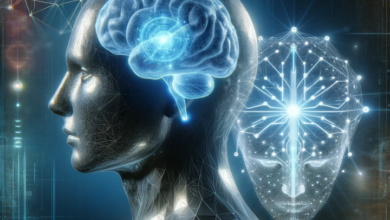Divinity in the food chain
By | Devdutt Pattanaik | Indian Author
Have you noticed that Shiva rides a bull and Parvati a tiger? In nature, tigers eat bulls. Have you noticed around Ganesha a snake and a mouse? In nature, snakes eat mice. Have you noticed that Vishnu is associated with an eagle and a serpent? In nature, eagles eat serpents, and serpents feed on eagle eggs. The artist who created these images was clearly aware of this. S/he used this imagery deliberately to communicate something the role of the divine in nature’s food chain.
Who does God care for: the predator or the prey? In mythologies around the world, the phrase ‘The tiger and goat are friends’ and ‘Where lion shall lay with the lamb’ refers to heaven, where there is no predator or prey. In stories, the predator is often portrayed as the villain and the prey is the victim. A hunting pack of wolves is equated with bands of marauders while a herd of deer is equated with a group of frightened villagers.
We are conditioned to think ill of the creature with fangs and claws. We are conditioned to feel sorry for the herbivore and rage against the carnivore. Is that because the predator frightens us? Is that because blood repels us?
Zoologists have observed that in forests where apex predators like tigers and wolves have been killed, the population of deer rises dramatically, which results in destruction of vegetation as a result of over-grazing which, in turn, impacts water bodies like rivers and ponds, and even rainfall. When the apex predator is reintroduced, as in case of wolves in Yellow Stone National Park, USA, frightened deer restricted their movements, which led to vegetation growing unhindered in some areas. This had a huge impact on the fauna, steadied the soil and impacted the flow of the river. In nature, all animals matter. The strong eats, the weak get eaten. Both contribute to the ecosystem.
Nature does not value the predator more than the prey. Each one has been given strengths and weaknesses, opportunities and threats, to enable survival. It is the human eye that makes some animals villains and some animals victims. Take the case of sheep and wolves. Taking care of sheep makes economic sense; they are also easy to breed. Wolves eat sheep and are wild, refusing to be domesticated. Naturally, it is easy to see sheep as embodiments of goodness and wolves as embodiments of evil.
Such artificial qualification of animals, based on human needs, has led to animals like bats and snakes being ruthlessly hunted because they are deemed ‘unholy’. In India, the holiness of cow has made it a political issue. In Israel and Arabia, the unholiness of the pig has made it a political issue.
In nature, flesh is neither unholy nor unholy. It is just flesh. This is acknowledged in yoga texts. Food is anna and flesh is anna-kosha in which the atma (soul) resides. We eat food and that food contributes to flesh. What is flesh for us is food for another beast. In nature’s eye, saint or sinner, we are simply another creature’s food.
Republished with permission and originally published at devdutt.com






